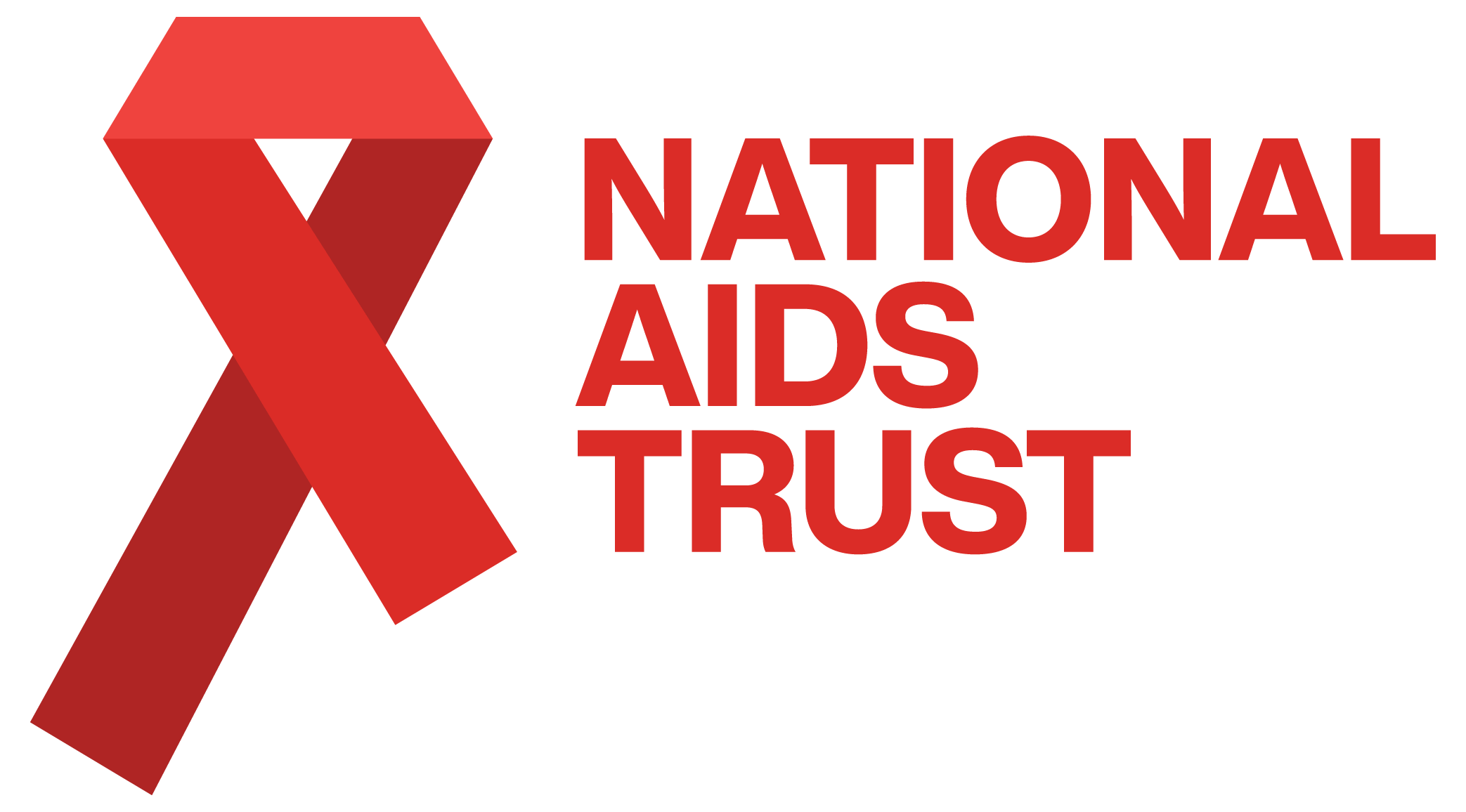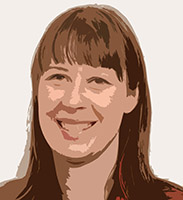What does the PrEP decision mean for heterosexuals?

In March, NHS England announced it was pulling the plug on an 18 month process to decide whether or not to fund pre-exposure prophylaxis (PrEP) for HIV.
(If you haven’t read our thoughts about this decision, check out Yusef’s earlier blog)
NHS England’s U-turn means that unless the Government presents an alternative solution (you can write to your MP here to call for this), PrEP will not be available on a consistent basis across England to people identified as being at high risk of acquiring HIV.
Most of the media coverage and conversations about the PrEP decision has focused on what this means to gay and bi-sexual men. The effect this will have on at-risk heterosexual women and men, especially those from black African communities, has been largely ignored. An estimated 1,500 heterosexuals acquire HIV each year in the UK.*
The unequal global burden of HIV means that black African women and men continue to be massively disproportionately represented amongst heterosexuals living with HIV. Black African people make up 1.8% of the UK population but 29% of everyone living with HIV. Public Health England estimates that one in 22 black African heterosexual women and one in 56 black African heterosexual men in the UK are living with HIV. The majority acquire HIV while living in the UK.
While the impressive findings of the PROUD and IperGAY studies on PrEP for gay and bisexual men and transwomen in the UK, France and Canada have been discussed at length following the NHS England announcement, much less (if anything) has been heard about the TDF2 or Partners PrEP trials of heterosexual women and men in Botswana, Kenya and Uganda. Both of these studies were randomised control trials, the best kind of clinical evidence, and they both showed that PrEP works for heterosexuals. In the case of Partners PrEP, they decided to close the study early because the results were so strong (exactly what happened with PROUD).
Based on this high level of evidence, the draft PrEP policy for England (the one which was abandoned at the eleventh hour) recommended offering PrEP to heterosexuals considered to be at ‘high risk of HIV acquisition’. But while NHS England have offered a sop of £2 million funding for ‘early implementer test sites’ to provide PrEP to a maximum of 500 gay men over two years, there has been no mention of provision for heterosexual women and men at all, let alone those from African communities.
The irony is that, while NAT does not expect that these early implementer test sites will tell us anything about PrEP for gay men which the PROUD study hasn’t already, there is a lot we don’t know about how PrEP could work in a UK context for at-risk heterosexuals – the group who are not going to be included in any sort of pilot study.
A decade of HIV prevention outreach for the UK’s two most-affected community shows that services which meet the needs of gay and bisexual men will not necessarily work for black African women and men.
Sexual health clinic attendance is much more the norm among gay and bisexual men than heterosexuals. Offering HIV prevention and testing outside of sexual health clinics is considered good practice for meeting the needs of African communities. So how would we best provide PrEP to heterosexual women and men who are at high risk of HIV? How would we raise awareness of PrEP so that, for example, a women who was unable to negotiate condom use with an HIV positive partner, knew that there was an alternative and felt empowered to ask for it?
These were the sort of questions we thought we’d be talking about now, as part of a public consultation on PrEP. Instead, the whole of the HIV sector in England is responding to a fiasco entirely of NHS England’s own making. One thing which is certain is that heterosexuals at-risk of HIV will be among the casualties of this terrible decision.
For more on the HIV prevention needs of at-risk heterosexuals you might also want to read our publications on Preventing HIV in the UK heterosexual population and HIV and Black African communities in the UK.
*Compared to 2,800 men who have sex with men in 2014. These are incidence estimates - the number of people who are thought to have acquired their HIV in a given year – rather than numbers of new diagnoses for that year, which are higher (2,450 heterosexuals in 2014).
NAT is completely independent, so we can challenge injustice wherever we see it – always led by the issue not where the money is. But we can only do this with your help. Please donate now to support our work campaigning for the rights of people living with HIV and agruing for policy change to ensure less HIV transmission.


